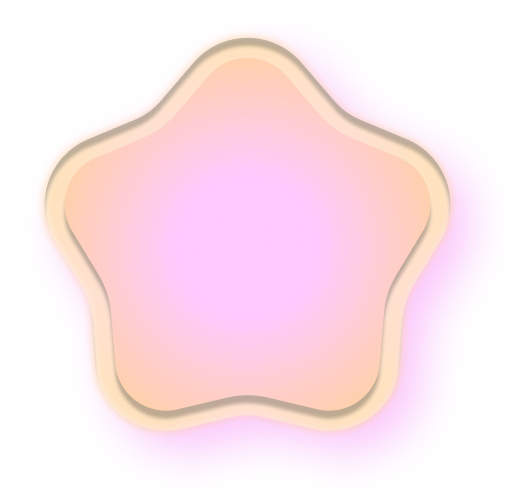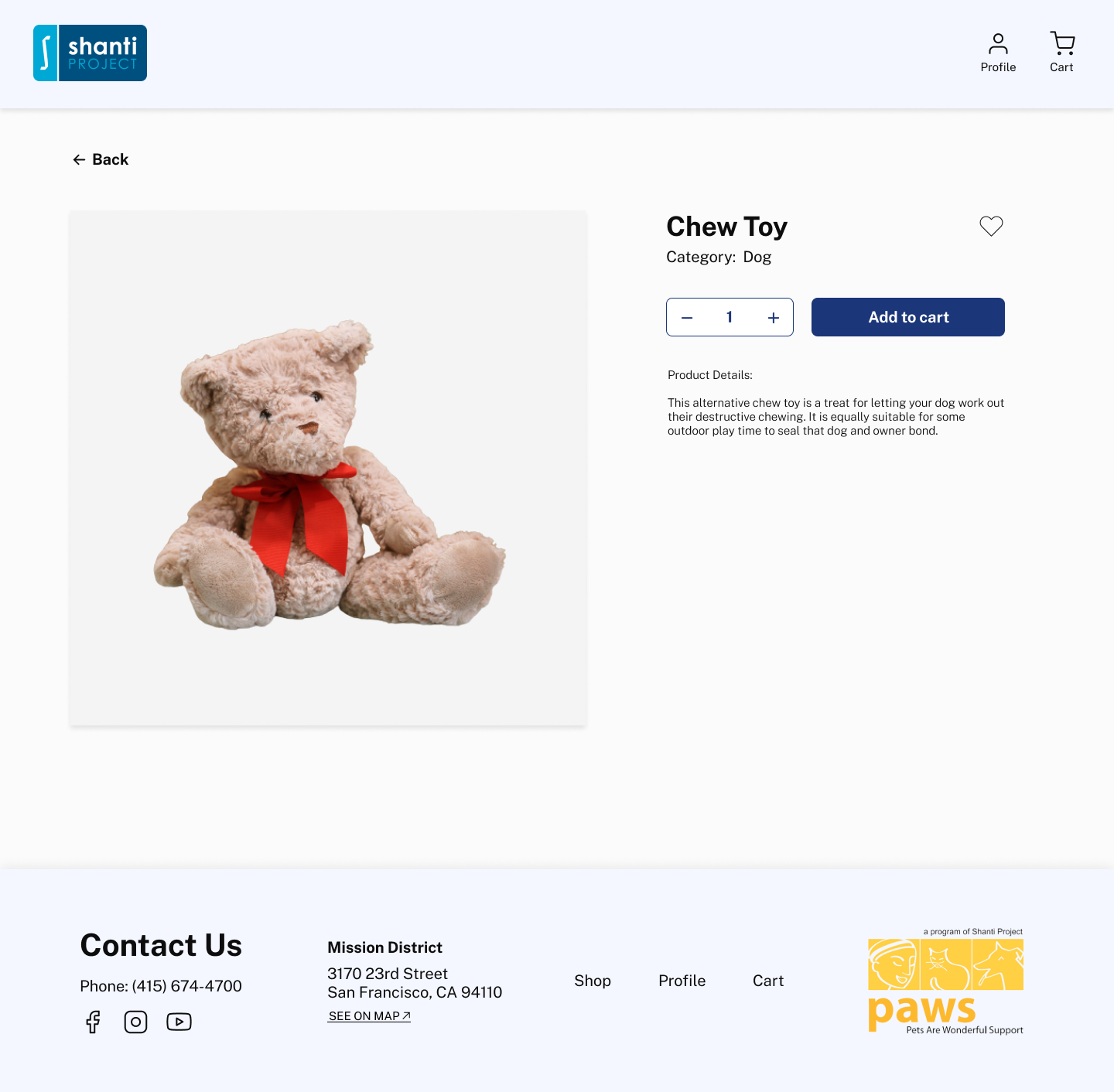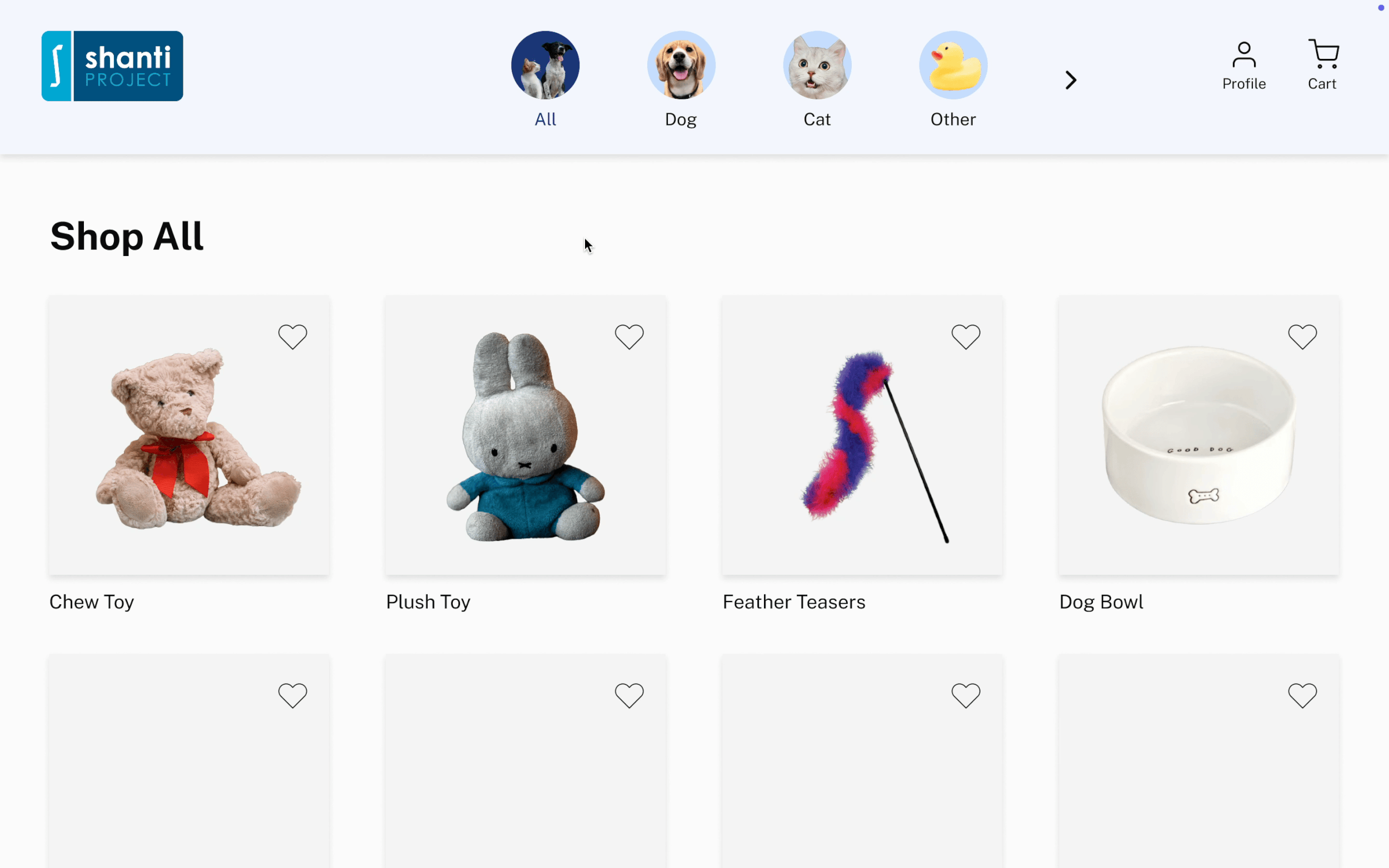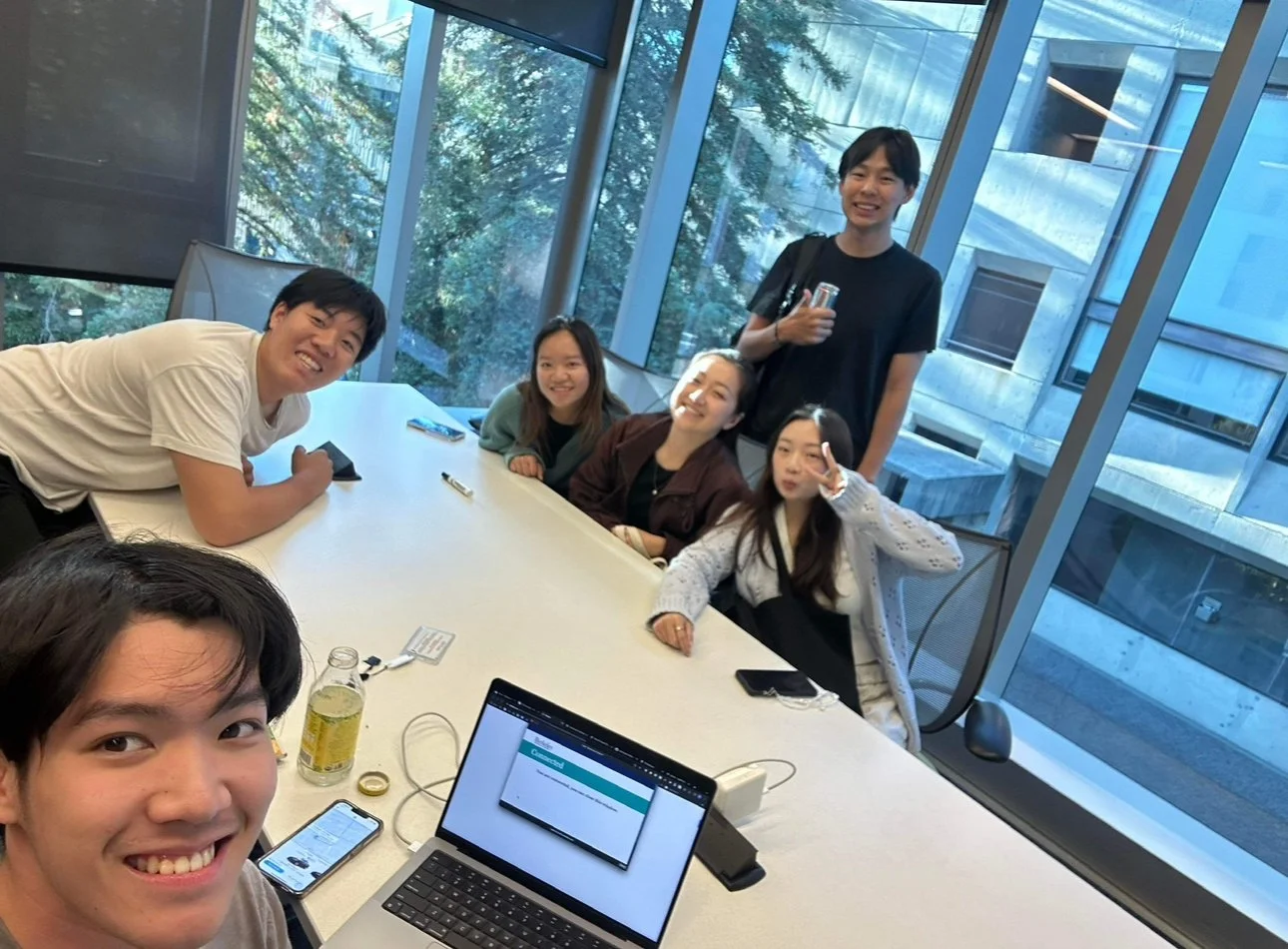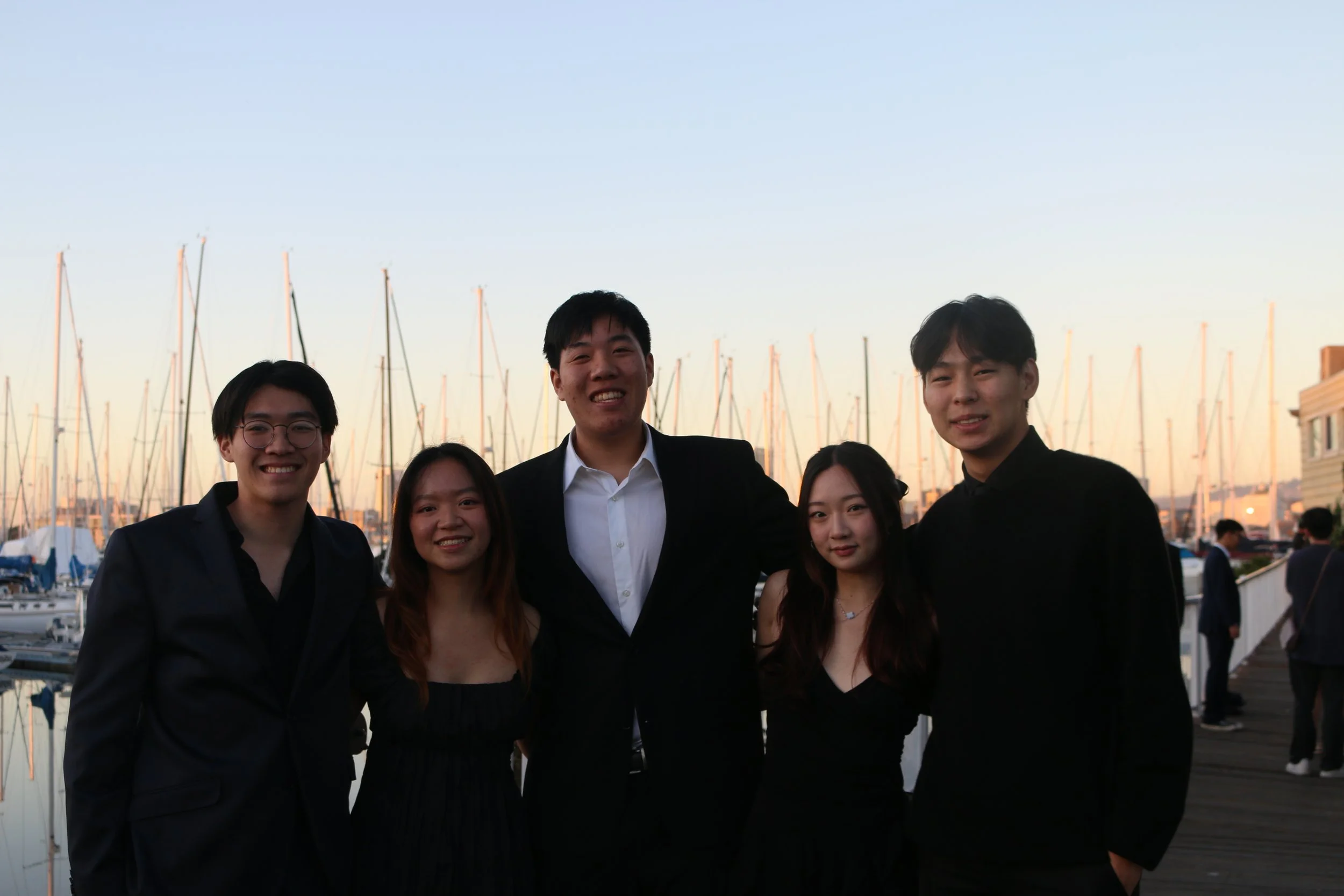Shanti Project
Automating services for pet owners affected by disabilities.
Software built for the Shanti Project Pets Are Wonderful Support (PAWS) Program.
Timeline
Aug 2023 - 2024
(1 year)
Role
Lead Designer
Team
1 PM
1 Designer
6 Developers
Tech Stack
Figma
React Native
Typescript
Supabase
Overview
Shanti Project is a pioneering nonprofit that builds human connections to reduce isolation, enhance health and well-being, and improve quality of life.
Currently they operate the Pets are Wonderful Support (PAWS) program that offers need-based resources and services to pet owners affected by disabilities. However, their services are manually handled and currently have a lengthy waitlist to join, thus poses a challenge for their reach to extend those in need.
As the lead designer on the team I worked closely with the non-profit to design from 0 to 1, a web application to automate and scale the Pet Food Bank’s distribution process and provide an inventory management system.
(01) Context
The Shanti Project’s PAWS program offers free comprehensive animal support services to assist older adults and individuals with illnesses or disabilities in caring for their pets.
The PAWS’s Mission is to:
Reduce cost and eliminating financial burden
Provide pet supplies and veterinary care services
Clients receive the support they need to care for their pets.
(02) Problem Space
✶ The Challenge
The existing system has several limitations, including its manual, non-automated process, where users are required to place orders by phone, leading to inefficiencies and a lack of proper documentation on a digital platform.
Additionally, a long waitlist hinders large-scale distribution, further complicating the process. The absence of an inventory management system exacerbates these challenges, making it difficult to track and manage stock effectively.
How might we ensure that Shanti Project clients receive timely and tailored access to essential supplies and resources?
Item view and Cart screens.
✶ The Solution
To solve the problem, we built a web application to automate the Pet Food Bank’s distribution and storage process to scale and extend Shanti Project’s services to thousands across the San Francisco Bay Area, including an admin-facing dashboard to manage the large influx of inventory and provide services for their clients.
(03) Ideation
Low fidelity wireframes and sketches
Early stage planning of interactions and exploring design options.
User flows
✶ Feature Selection
Profile & Account
→ Store name and address information
→ Viewing order history
→ Favorite items list
Browsable storefront
→ Browse through pet categories
→ View product pages
→ Favoriting an item
Exploring products
→ Adding item to cart
→ Adjusting item quantity
→ Product descriptions
Navigating the Cart and Checkout
→ Changing quantity and deleting items
→ Delivery/Pickup information
→ Order confirmation
We considered using a Shopify integration to the backend, however that would’ve added an additional yearly cost for the non-profit. There would also be less flexibility to modify and address user concerns.
Alternative considerations
Browsing the storefront through different categories and viewing items.
✶ Design Systems
(04) Decision Making
✶ Profile
Account details to view user information.
Order History to view statuses and approvals.
Favorites for easy access to repurchase items.
✶ Delivery Note
Text field allows users to leave specific instructions
Flexibility for change of information, since account information can only be altered by the admin
✶ Time slots
Select specific dates and display the pickup windows and location
Dates are updated weekly, giving users ease of choice by simplifying the decision making process
(05) User Testing + Bugs
15+ user interviews
Through conducting testing with different user groups we found that:
Visibility issues navigating through checkout flows
Information is spread out making it hard to find order details and location
How can we reduce cognitive overload through intuitive design?
✶ Order Confirmation
Original design
✶ Order Confirmation
A redesign
(06) Shipping
After 8 months of developing, we shipped our product for user testing with Shanti Project. I created a walk-through document to explain specific actions and reasoning behind my decisions. The web-application will be used internally within Shanti Project for their clients.
What I learned
Designing 0-1 is fun and challenging
I learned that design is never perfectly complete. It is about exploring as many different paths to find the best solution possible. Every decision made must serve a purpose and be as uncomplicated as possible. Most importantly, design thrives on feedback and as a good friend of mine likes to say "the devil is in the details.”
The capability and limitations of design and engineering
As the sole product designer, I worked in collaboration with a team of engineers and a product manager to build a product within the time frame of a year. Our product is designed for a unique and rather overlooked user group, of elderly individuals, in a world of rapid innovation in technology. I explored what it means to design for accessibility and why it’s a crucial step toward building a more equitable world—one where technology truly supports and enhances the lives of the people who rely on it.
An endless appreciation to my team for such an incredible experience in making this all possible!
